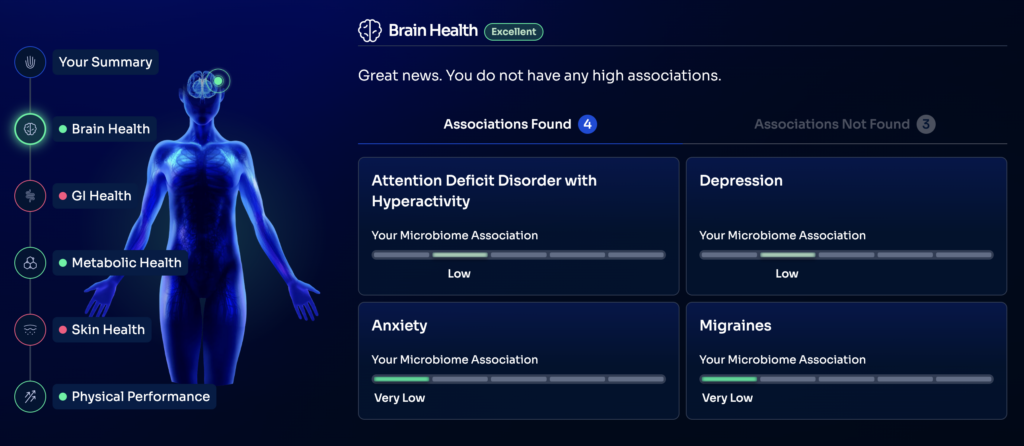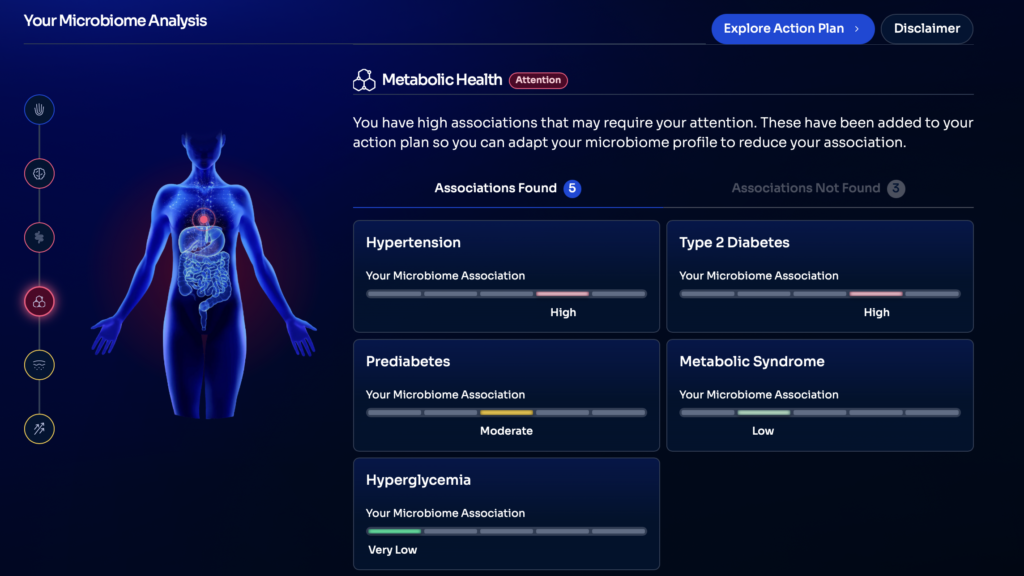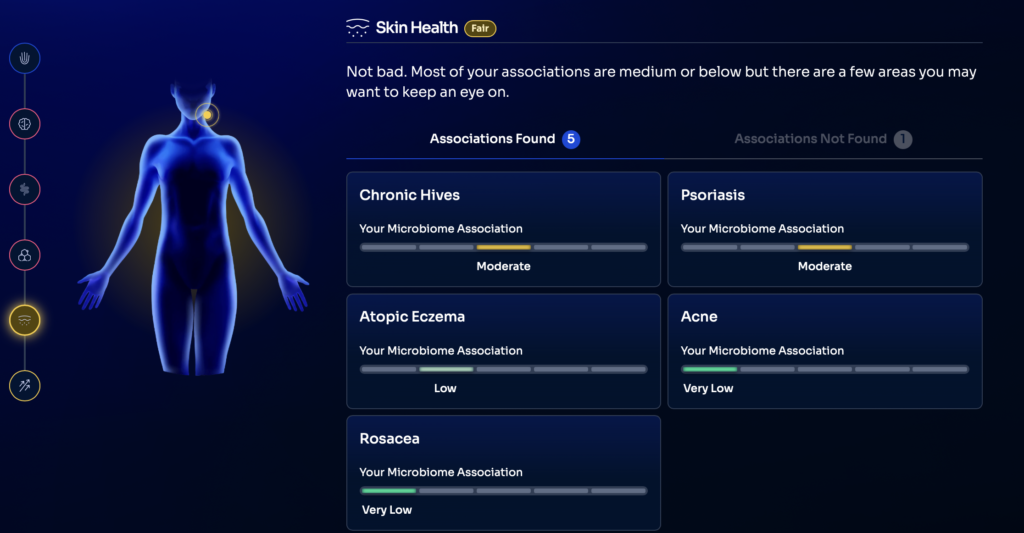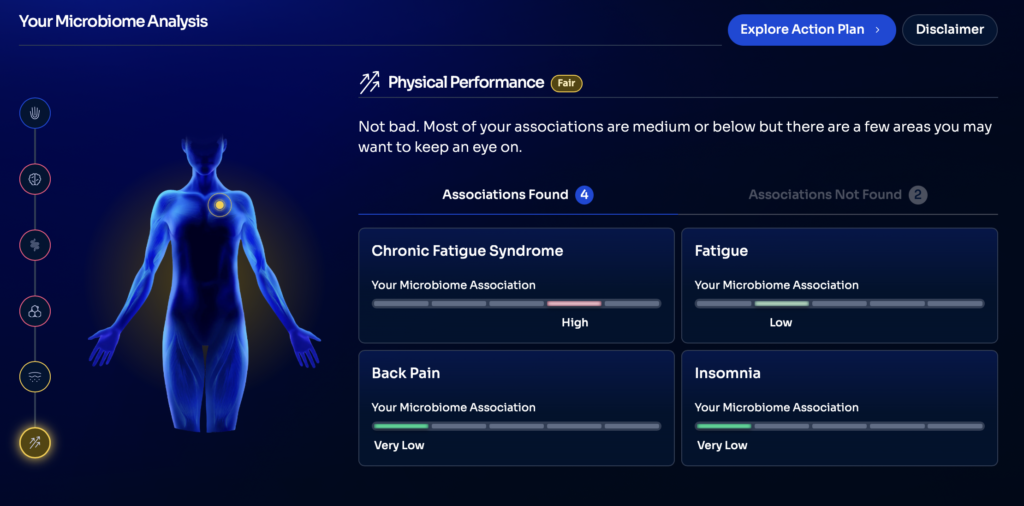
Less than a year after its launch, microbiome profiling startup Jona has already given its user interface a makeover. After receiving feedback from users saying they were having some difficulty navigating the startup’s microbiome testing report, the company quickly made changes to meet these users’ demands.
If you’re running a successful consumer- or patient-facing startup, acting on user feedback and making the necessary adjustments in a timely manner is “absolutely essential,” said Jona CEO Leo Grady.
Grady, the former CEO of Paige.AI, has worked in the healthcare industry for decades. During this course of his career, he spent a lot of time around medical research and learned that there is a long list of disorders and conditions that have been linked to the human gut microbiome, spanning from depression to autoimmune conditions to diabetes to Parkinson’s. Inspired by this discovery, he and his founding team launched Jona last November.
The traditional healthcare system usually doesn’t take a person’s gut microbiome into account when making diagnoses and creating treatment plans, but Grady thinks that it should. The imbalance of the gut microbiota has been proven to affect digestion, immune function and mental health. Through its platform, New York City-based Jona uses AI to help people better understand how this community of microorganisms residing in their gut impacts their overall health.
The startup offers an at-home gut microbiome profiling kit that analyzes people’s stool samples. The platform scours thousands of studies on PubMed and produces a custom report letting users know how this research applies to the makeup of their personal microbiome.
The report, which becomes available two to three weeks after stool samples are shipped, educates users about associations to conditions, symptoms and food sensitivities. For example, a user may get a report back saying they have a slight association with Crohn’s disease and have a hard time digesting lactose and shellfish, or their report could say their microbiome looks similar to those of people with chronic fatigue syndrome and lupus.
“The microbiome contains an incredible amount of information about your health and can be changed, so presenting all this complex information to a user is challenging,” Grady pointed out.
In the months following Jona’s launch, the startup paid close attention to user’s feedback on the product, noted Jaclyn Kawwas, the company’s head of business development. She said that users “loved” the science and AI behind Jona’s platform, but they found themselves “getting lost” in the report.
Jona quickly discovered that its interface didn’t do a great job of explaining the insights that its platform generated or users’ recommended next steps, Kawwas remarked.
The startup knew that it was going to have to redesign the report so that users could get the most out of their microbiome testing, she said.
Jona’s new interface still provides an overview of the user’s health through the lens of their microbiome, but now it does this with a focus on five key areas: GI health, metabolic health, brain health, skin health and physical performance.






“This overview allows someone to dig into different areas with greater depth and still be oriented where they are with all this information,” Grady explained. “In addition to a better user orientation, the categories provide an overall picture of a person’s health and they also serve to effectively communicate that the gut microbiome is about much more than just gut health.”
The new interface also provides recommendations on how users can act on the report’s findings.
If a user’s health conditions are linked to too low levels of some organisms and too high levels of other organisms, it’s not obvious how they would go about bringing these specific organisms back into a normal range, Grady pointed out. Additionally, only a “tiny sliver” of beneficial organisms are available as commercial probiotics, so people often need a set of custom directives in order to change their microbiome, he added.
“Because our AI has read all the studies on how these changes impact the microbiome, we create a digital twin of your microbiome that allows us to virtually experiment with different changes — such as assessing what your microbiome would look like if you went vegan or if you went keto — and determine a custom set of diet, lifestyle and supplement changes that will address the specific issues in your personal microbiome,” Grady said.
Jona doesn’t sell any supplements, foods or beverages, so the startup is unbiased in these recommendations, he noted.
Photo: brazzo, Getty Images










